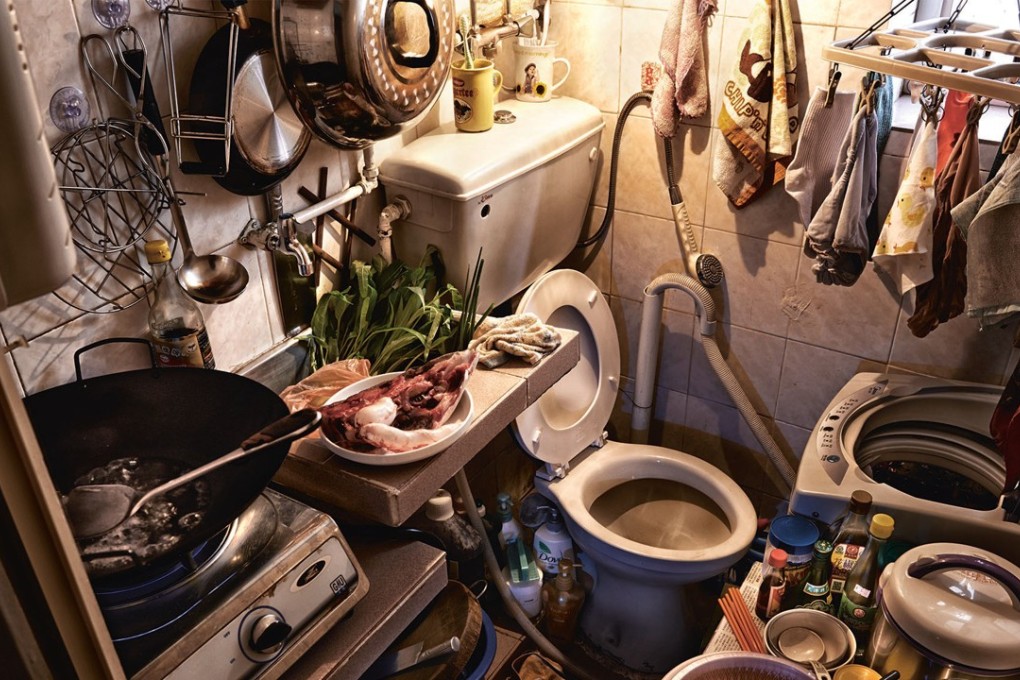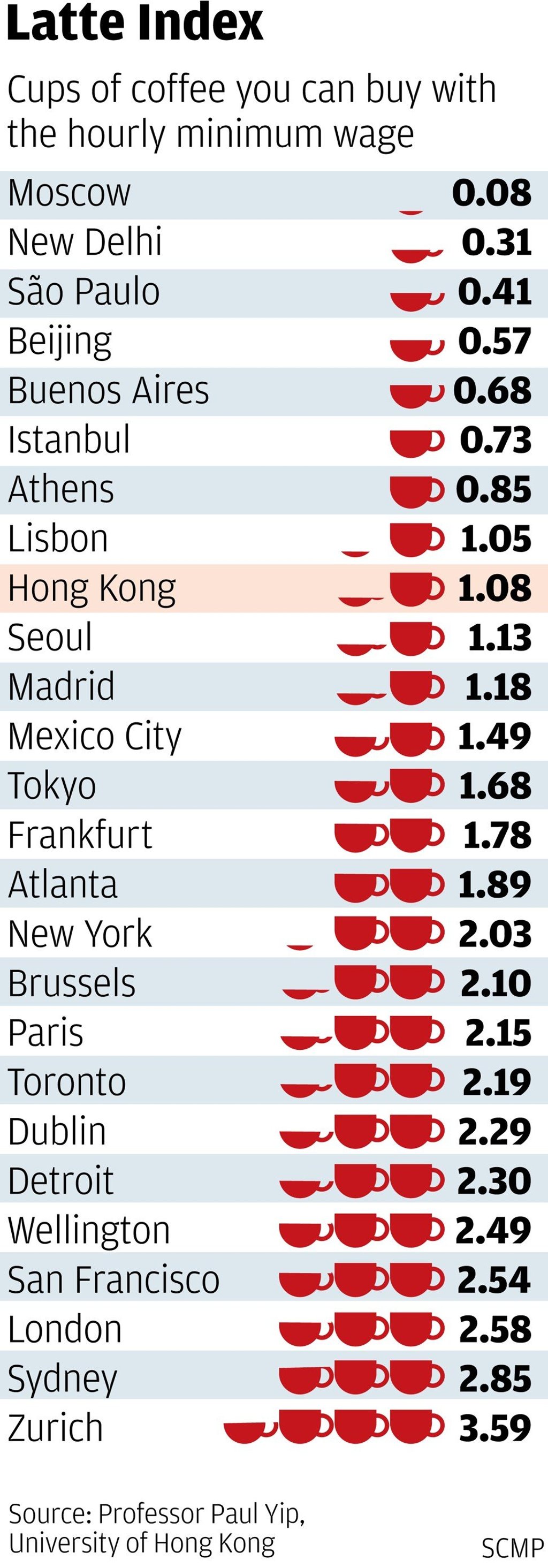Jake's View | Opinion: Who drinks lattes in Hong Kong? Not the minimum wage earner
The Latte Index, like that hoary Big Mac Index, is a poor reflection of Hong Kong’s poverty and income gap.

The plight of the low-paid has been laid bare by the Latte Index – a new indicator developed by an academic that measures how many cups of coffee the lowest paid can afford to buy. -- SCMP City, May 22
Then follows a table in which we are told that an hour’s worth of the minimum wage in Hong Kong can only buy you 1.08 cups of latte from Starbucks, while you get 3.59 cups in Zurich with the Swiss minimum wage.
Except that Switzerland does not have a minimum wage. Oh, well.

What I do not accept is that his Latte Index proves it.
For starters, the equivalent working-class drink in Hong Kong to a latte in Switzerland is laicha (milk tea). A Starbucks latte in Hong Kong is the drink of an office serf, which is a rank or two up from minimum wage.
